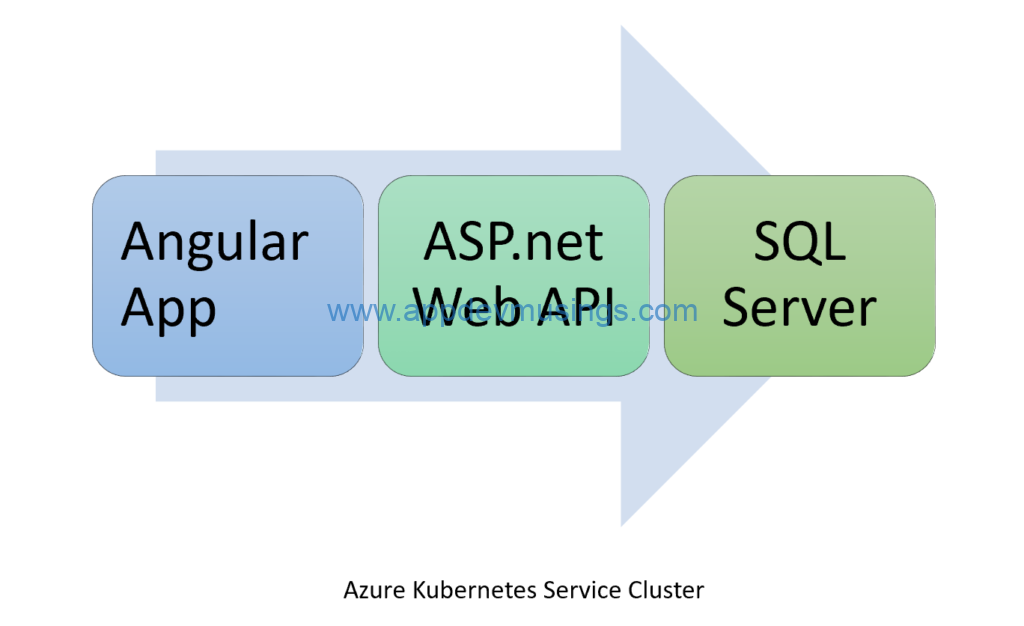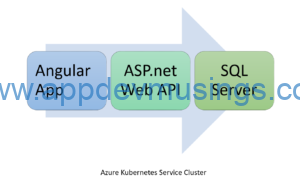This is the next part of the series on developing and deploying
- Angular, ASP.NET Core Web API and SQL Server to Azure Kubernetes Service
- Function Apps using Azure Functions 2.0 runtime
In this article, I am going to share steps needed to deploy SonarQube to Azure Kubernetes Service cluster and integrate with Azure DevOps pipeline to setup code analysis for Angular and ASP.NET Core web apps created in previous parts of this series. The previous articles of this series are
Azure Kubernetes Service (AKS) – Deploying Angular, ASP.NET Core and SQL Server on Linux
Azure Functions 2.0: Create, debug and deploy to Azure Kubernetes Service (AKS)
The tools used to develop these components are Visual Studio for Mac/VS Code/VS 2017, AKS Dashboard, Docker for Desktop and kubectl.
SonarQube
SonarQube provides the capability to not only show health of an application but also to highlight issues newly introduced. I am going to configure SQL Server as backend database for SonarQube.

